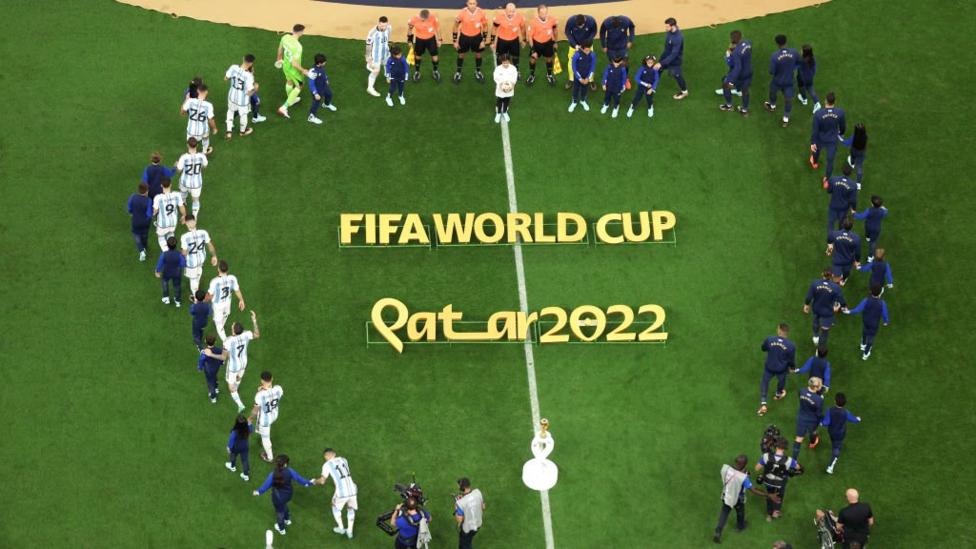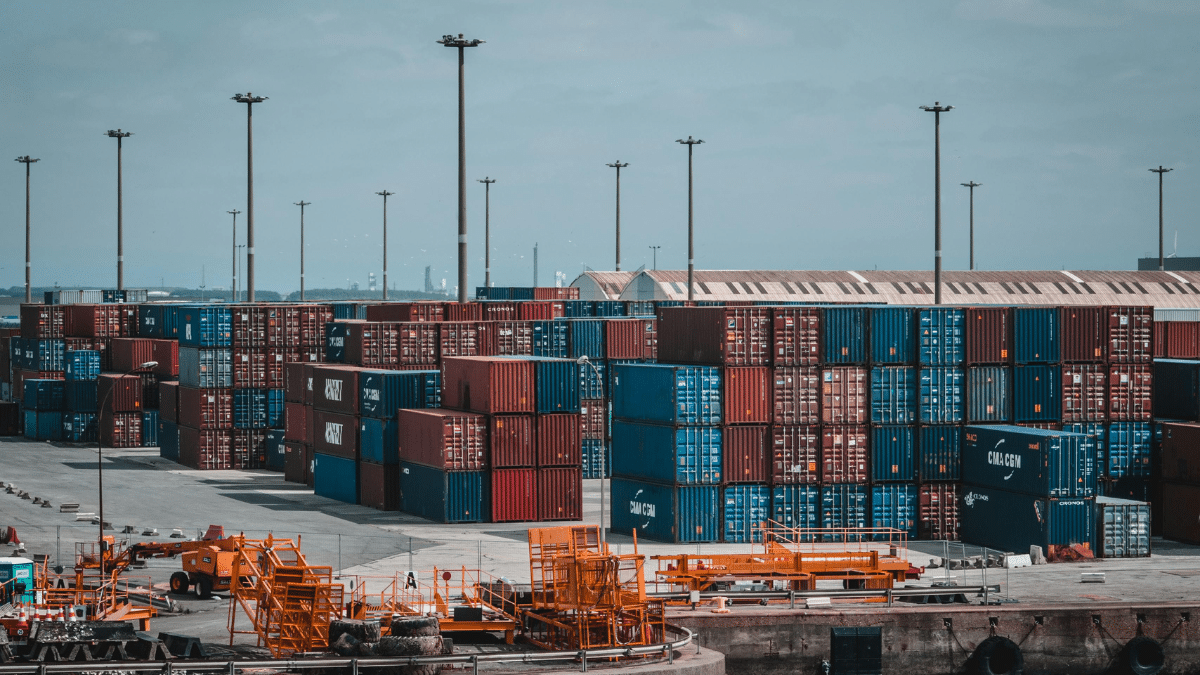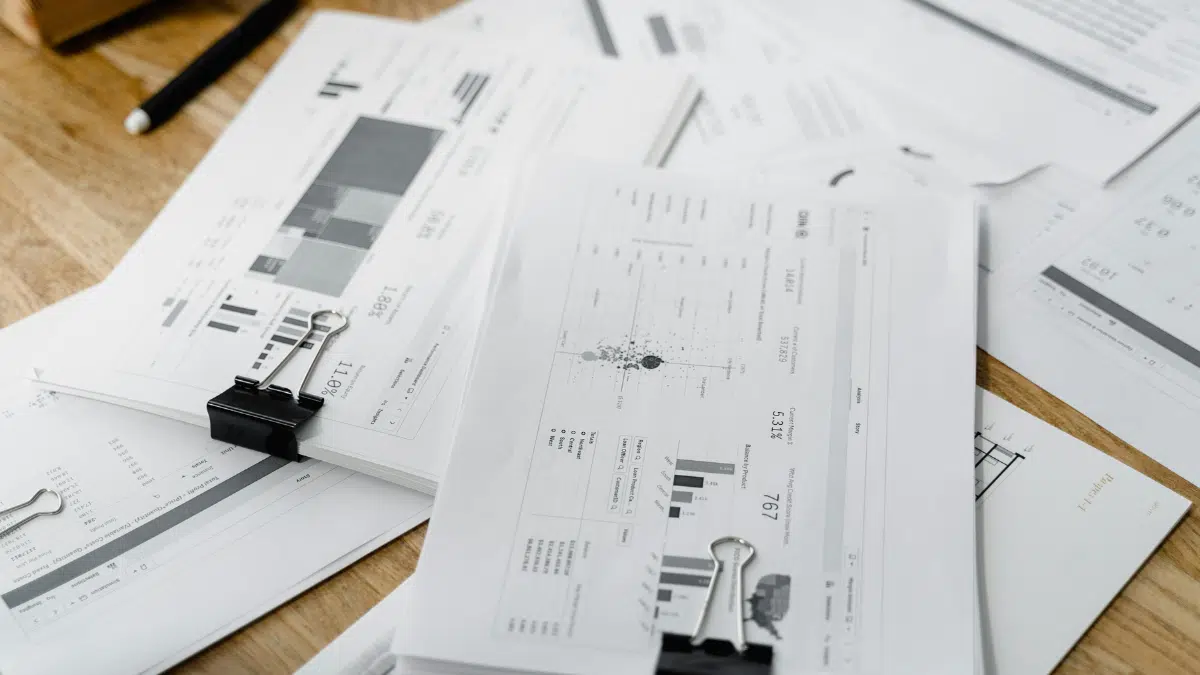Leading up to the 2022 World Cup final, Fifa had provided teams with more access to data and video analysis than ever before, led by Chris Loxston of the US National Women’s Soccer League.
As head of Fifa’s performance analysis and insights departments, Loxston led a team of 100 soccer analysts, data scientists, and data engineers. Loxston’s innovative idea was to produce a system to provide equal access to data for teams from all nations regardless of size or budget.
As a large organization, the German team successfully used data to contribute to their World Cup win in 2014. Loxston was keen to have other nations using data in similar ways.
With Fifa’s data, a standardized language developed over 2.5 years is used to “compare and contextualize across tournaments and games, and ensure high-quality analysis is possible for all”.
A unique aspect of Fifa’s language is its ability to track “off-the-ball” and “offering to receive” data such as signaling for the ball or moving in an attempt to receive the ball. The “offer” is broken down into groups based on where the player is located.
These events and all others were tagged by a team of analysts who coded the game in real time. Eight cameras tracking player movement 25 times per second were used to track each player. If an event did not match up with the automatic positions, a flag was raised and “a further analyst would check why there was a discrepancy”.
Fifa also had communication between analysts and broadcasters so data-related information could be shared during the game.
The “data revolution” also extended to the Women’s World Cup in 2023. The widespread of data into international games will continue to contribute to the intelligence of sports as a whole.
Read the full article from the BBC here.






